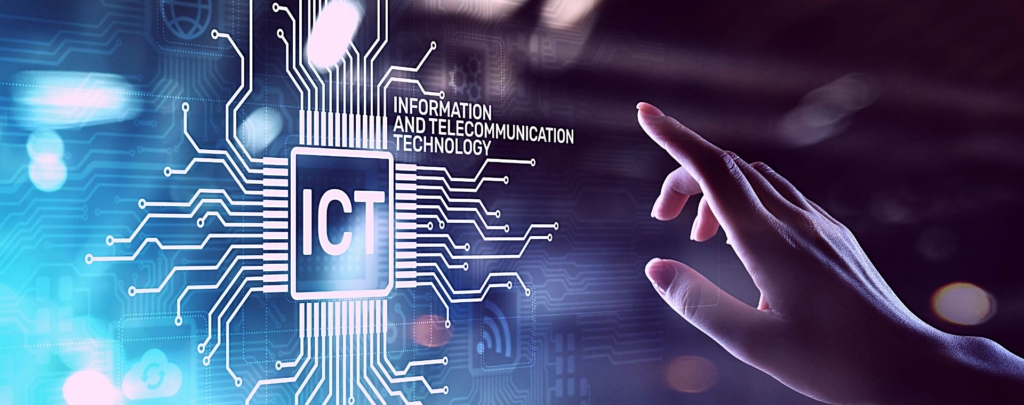| Country | Region |
|---|---|
| Australia | Sydney, Melbourne |
| Brasile | Rio, Campinas |
| Canada | Québec, Toronto |
| Unione Europea | Austria (Vienna), Finlandia (Helsinki), Francia (Parigi, Marsiglia), Irlanda (Dublino), Paesi Bassi (Amsterdam) |
| Francia | Parigi, Marsiglia |
| Germania | Francoforte, Berlino |
| India | Chennai, Mumbai, Pune |
| Giappone | Osaka, Tokyo, Saitama |
| Corea del Sud | Busan, Seoul |
| Norvegia | Oslo, Stavanger |
| Sudafrica | Città del Capo, Johannesburg |
| Svizzera | Ginevra, Zurigo |
| Emirati Arabi Uniti | Dubai, Abu Dhabi |
| Regno Unito | Durham, Londra, Cardiff |
| Stati Uniti | Boydton, Cheyenne, Chicago, Des Moines, Quincy, San Antonio, Santa Clara, San Jose |
ITALY: where the data per service reside
Expanding the analysis to all Microsoft services for an Italian user, the following table shows where the data resides:
| Service | Region |
|---|---|
| Exchange Online | Austria (Vienna), Finlandia (Helsinki), Francia (Parigi, Marsiglia), Irlanda (Dublino), Paesi Bassi (Amsterdam) |
| OneDrive for Business | Austria (Vienna), Finlandia (Helsinki), Francia (Parigi, Marsiglia), Irlanda (Dublino), Paesi Bassi (Amsterdam) |
| SharePoint Online | Austria (Vienna), Finlandia (Helsinki), Francia (Parigi, Marsiglia), Irlanda (Dublino), Paesi Bassi (Amsterdam) |
| Skype for Business | Austria (Vienna), Finlandia (Helsinki), Francia (Parigi, Marsiglia), Irlanda (Dublino), Paesi Bassi (Amsterdam) |
| Microsoft Teams | Austria (Vienna), Finlandia (Helsinki), Francia (Parigi, Marsiglia), Irlanda (Dublino), Paesi Bassi (Amsterdam) |
| Office Online & Mobile | Austria (Vienna), Finlandia (Helsinki), Francia (Parigi, Marsiglia), Irlanda (Dublino), Paesi Bassi (Amsterdam) |
| EOP | Austria (Vienna), Finlandia (Helsinki), Francia (Parigi, Marsiglia), Irlanda (Dublino), Paesi Bassi (Amsterdam) |
| Intune | Austria (Vienna), Finlandia (Helsinki), Francia (Parigi, Marsiglia), Irlanda (Dublino), Paesi Bassi (Amsterdam) |
| MyAnalytics | Austria (Vienna), Finlandia (Helsinki), Francia (Parigi, Marsiglia), Irlanda (Dublino), Paesi Bassi (Amsterdam) |
| Planner | Austria (Vienna), Finlandia (Helsinki), Francia (Parigi, Marsiglia), Irlanda (Dublino), Paesi Bassi (Amsterdam) |
| Sway | Stati Uniti |
| Yammer | Austria (Vienna), Finlandia (Helsinki), Francia (Parigi, Marsiglia), Irlanda (Dublino), Paesi Bassi (Amsterdam) |
| Servizi di OneNote | Austria (Vienna), Finlandia (Helsinki), Francia (Parigi, Marsiglia), Irlanda (Dublino), Paesi Bassi (Amsterdam) |
| Stream | Austria (Vienna), Finlandia (Helsinki), Francia (Parigi, Marsiglia), Irlanda (Dublino), Paesi Bassi (Amsterdam) |
| Whiteboard | Austria (Vienna), Finlandia (Helsinki), Francia (Parigi, Marsiglia), Irlanda (Dublino), Paesi Bassi (Amsterdam) |
| Forms | Austria (Vienna), Finlandia (Helsinki), Francia (Parigi, Marsiglia), Irlanda (Dublino), Paesi Bassi (Amsterdam) |
| Workplace Analytics | Stati Uniti |
Rif.: (IT, EN, Tech Community)



